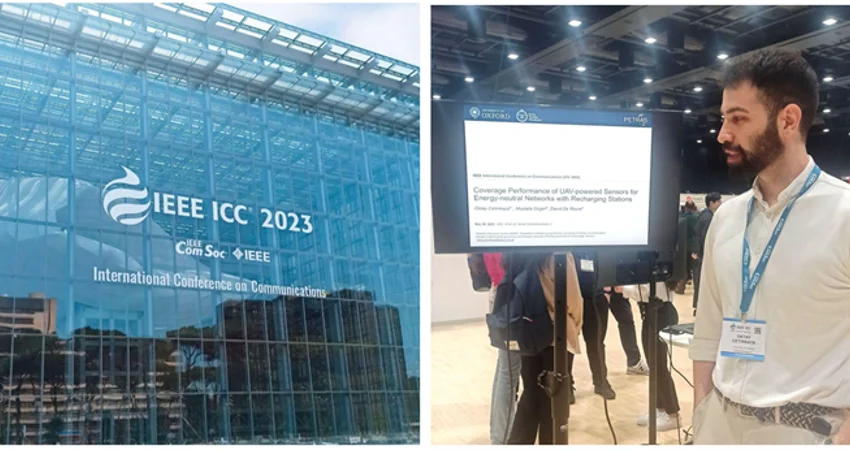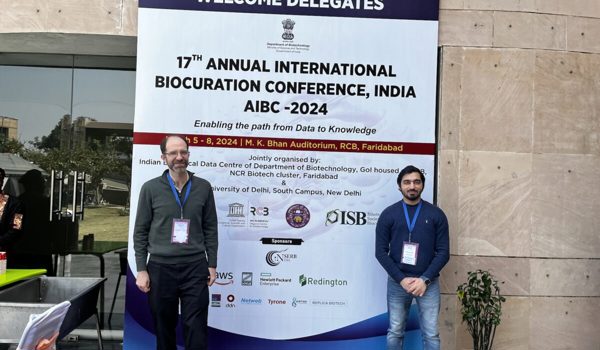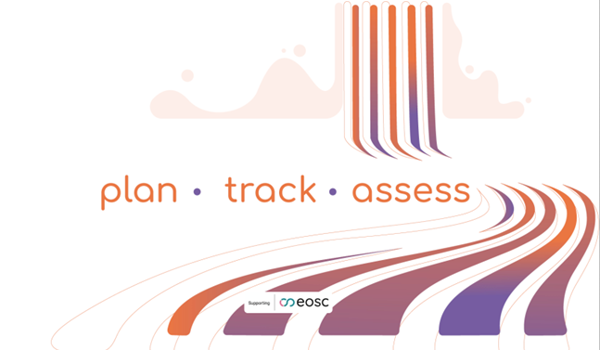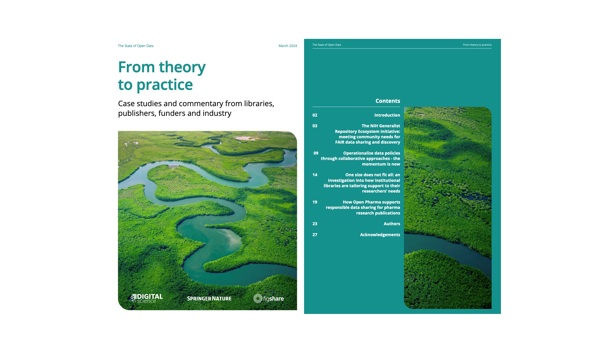03 Aug 2023
UAV-powered sensor coverage in an energy-neutral IoT world
The number of sensors in Internet of Things systems make battery maintenance a challenge. Battery-less IoT is possible but sensors need to be energized. Unmanned aerial vehicles can respond to this quest via wireless power transfer

Dr Oktay Cetinkaya presented work on UAV-powered sensor coverage in an energy-neutral IoT world at the IEEE International Conference on Communications
Dr Oktay Cetinkaya, PETRAS Synthesis Senior Research Associate at Oxford e-Research Centre, presented a paper at the flagship IEEE conference, IEEE International Conference on Communications (IEEE ICC ‘23) in Rome. The paper was entitled "Coverage Performance of UAV-powered Sensors for Energy-neutral Networks with Recharging Stations". The conference brought together not only presenters but also industry and government leaders, technology exhibitors and practitioners attracting thousands of attendees from all over the world.
This was a joint study between the Oxford e-Research Centre (co-authored by Oktay Cetinkaya and David De Roure) and the KTH University of Technology (Mustafa Ozger), and was funded by the PETRAS National Centre of Excellence for IoT Systems Cybersecurity
Oktay explained what the study entailed: The projected number of Internet of Things (IoT) sensors that will operate in urban and suburban locations will make battery maintenance a challenging task. These sensors will need to be energised, either locally or remotely potentially by Dr Oktay Cetinkaya (UAVs) using wireless power transfer.
While removing batteries and mitigating the maintenance issues, energy neutrality across the IoT networks must also be achieved to tackle the ever increasing energy constraints in this domain. Hence the UAVs providing energy and connectivity to the IoT sensors should be supplied by recharging stations with multi-source energy harvesting (EH) capability.
These sensors rely solely on UAV-transferred power. The problem arises when the UAVs fly back to the recharging stations to replenish their batteries which causes outages (no sensing or reporting). The research question therefore becomes: how to achieve energy neutrality in the IoT networks with minimal sensor outage occurring due to recharging station-driven UAV operation?
By utilising stochastic geometry* the paper provided an upper limit for the coverage probability of sensors which can be achieved by carefully selecting the design parameters in consideration of the regulatory organisation limitations, practical rectenna** and UAV models, and the minimum power requirements of sensors.
The presentation received significant attention, and Oktay has been invited to give seminars on this study at different national and international institutions. He has already presented at Carleton University in Canada, and will continue with Warwick and Imperial College.
Oktay and his colleagues are now extending the work to a journal paper, in which they investigate how to minimise secrecy outage probability while maximising information throughput in an energy-neutral UAV networking scenario.
*Stochastic geometry is the study of random point patterns, commonly used for wireless network coverage and connectivity constructed from randomly sized disks placed at random locations.
**Rectenna (or rectifying antenna) is a special type of receiving antenna that is used for converting (UAV-transferred) electromagnetic energy into direct current (DC) electricity utilisable by sensors.





